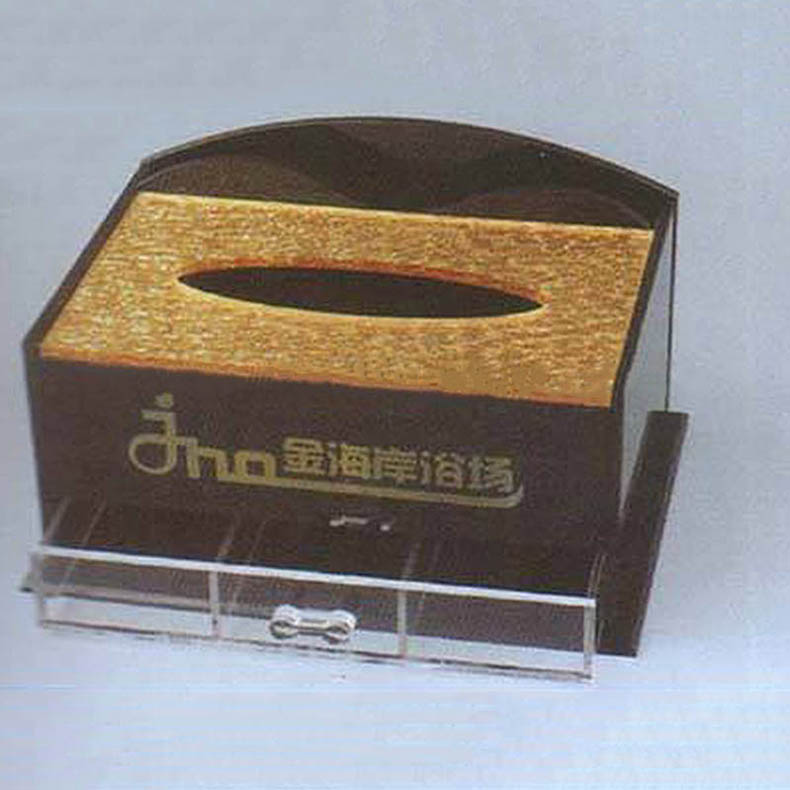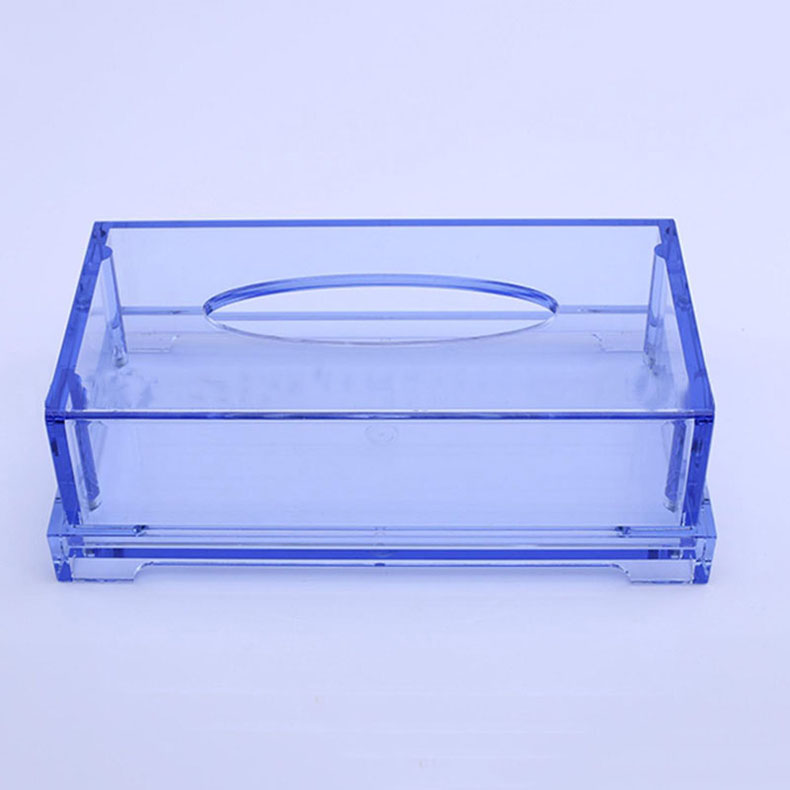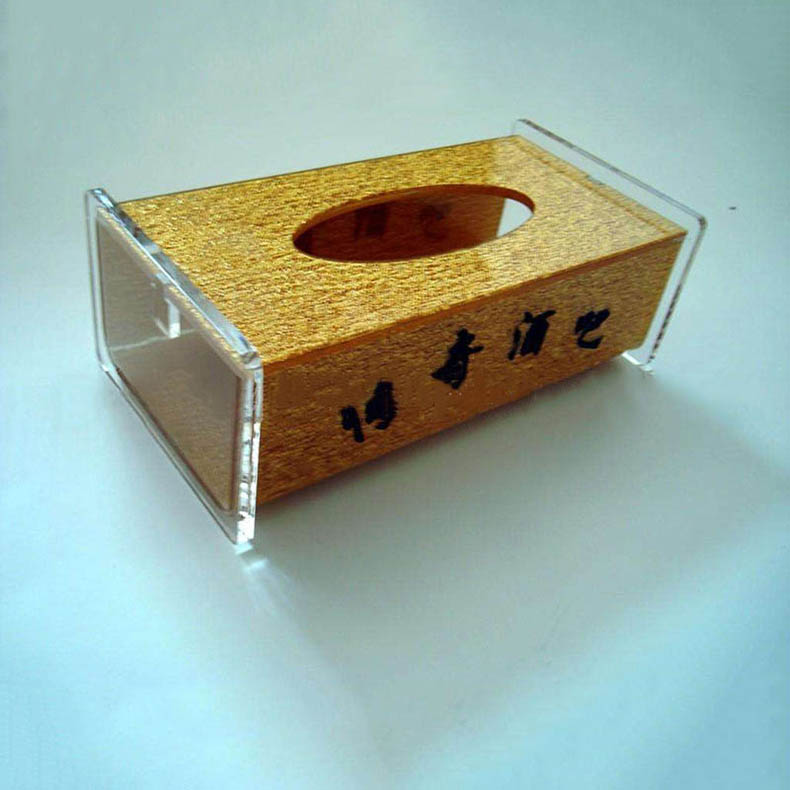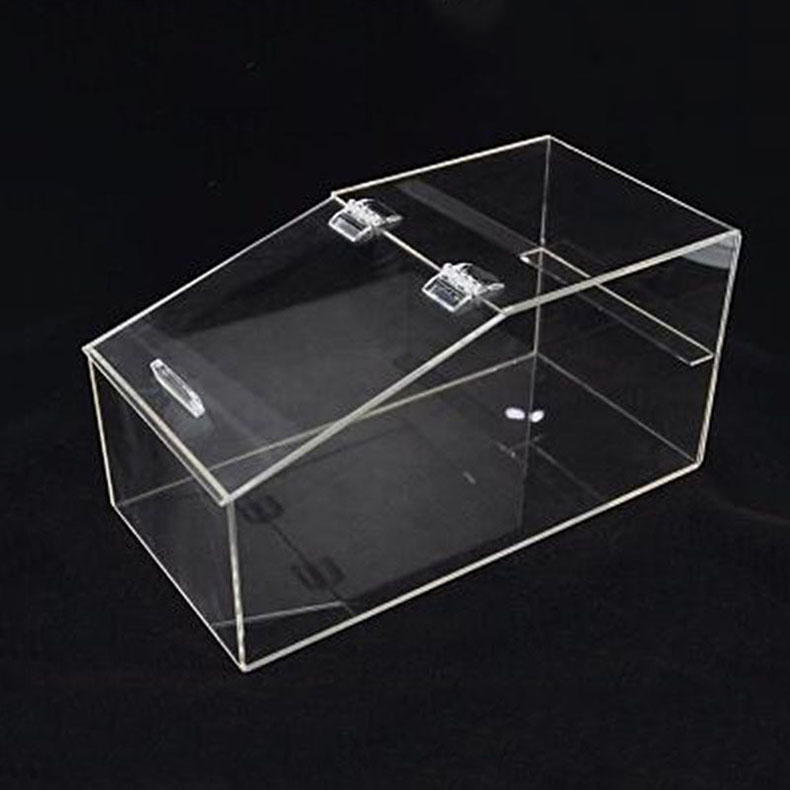Customizing Acrylic Lamps: A Comprehensive Guide
Acrylic lamps have gained immense popularity in recent years due to their modern aesthetic and versatility. They serve not only as a source of light but also as an elegant piece of decor that can enhance any space. Customizing acrylic lamps allows individuals to express their creativity and create unique lighting solutions tailored to specific needs and preferences. This guide will delve into the process of customizing acrylic lamps, covering design choices, production techniques, materials, and other essential considerations.
1. Understanding Acrylic Material
1.1 What is Acrylic?
Acrylic, also known as polymethyl methacrylate (PMMA), is a transparent thermoplastic that resembles glass but is much lighter and more durable. It can be easily molded and shaped, making it an ideal material for lamp design. Acrylic allows for brilliant color options and can be finished with various textures to create different lighting effects. Understanding the properties of acrylic is crucial for the customization process:
- Lightweight: Acrylic is significantly lighter than glass, making it easier to handle and install.
- Durability: It is shatter-resistant and less prone to breaking, making it a safer option for households with children or pets.
- Transparency and Clarity: Acrylic provides high optical clarity, allowing light to pass through effectively, enhancing the lamp's illumination.
- Versatility in Design**: Acrylic can be fabricated into various shapes and sizes, making it perfect for customized designs.
2. The Customization Process
2.1 Initial Consultation
The first step in customizing an acrylic lamp is to have an initial consultation with a manufacturer or designer. During this meeting, customers can express their ideas, inspirations, and requirements for the lamp. Key factors to discuss include:
- Purpose: Determine the function of the lamp—whether it will be a bedside lamp, a desk lamp, or a decorative piece.
- Style: Discuss the desired aesthetic style, such as modern, minimalist, vintage, or playful.
- Size and Dimensions: Understand the available space to ensure the lamp fits perfectly within the intended area.
- Lighting Requirements: Choose the type and intensity of light; soft, warm light is suitable for cozy settings while bright, cool light is more suited for working areas.
2.2 Design Phase
Once the consultation is complete, the design phase begins. This stage is crucial in bringing the customer’s ideas to life. A skilled designer will create a digital prototype or rendering of the lamp based on the initial specifications. The design review includes:
- Shape and Structure: Choosing the base, lampshade, and any additional components. Acrylic can be cut, bent, or layered to achieve various shapes.
- Color Selection: Acrylic comes in a wide array of colors. Clients can choose transparent, frosted, or colored acrylic to suit their preferences.
- Personalization Options: Many customers opt to add personal touches such as logos, names, or artwork. This can be achieved through engraving, printing, or laser etching on the acrylic surface.
2.3 Prototyping
After finalizing the design, a prototype of the lamp may be created. This step allows customers to see the lamp's overall look and functionality before mass production. Prototyping can involve:
- 3D Printing: Using a 3D printer creates a model of the lamp using plastic filaments. This allows for a quick assessment of size and shape.
- Mock-ups: A basic mock-up using less expensive materials can provide a visual representation of the lamp without finalizing expensive acrylic.
- Feedback Loop: Customers provide feedback, and designers make necessary adjustments to ensure total satisfaction with the final design.
2.4 Material Selection
The next critical step is selecting the appropriate acrylic types and other materials needed for the lamp. The choice of color and finish plays a significant role in the final outcome. Key factors to consider include:
- Acrylic Thickness: Thicker acrylic may offer greater durability but can also add weight to the lamp. Thin acrylic is lighter and can achieve a sleek look but may not be as sturdy.
- Finish Type: Customers can choose from various finishes:
- Clear Acrylic: Offers maximum transparency, ideal for a modern look.
- Frosted Acrylic: Diffuses light beautifully, providing a softer glow.
- Colored Acrylic: Adds vibrancy and personal flair.
- Base Material: The lamp base can be made from several materials, including wood, metal, or plastic, depending on the desired aesthetic and functionality.
2.5 Production Techniques
After finalizing the design and selecting materials, the production process begins. Depending on the complexity of the design, various techniques are employed:
- Laser Cutting: A laser cutter precisely cuts acrylic sheets into the required shapes and sizes according to the design specifications.
- CNC Machining: For more intricate designs, CNC (Computer Numerical Control) machines can carve or route the acrylic with high precision, allowing for more complex shapes.
- Injection Molding: For mass production, injection molding allows manufacturers to create multiple units quickly and uniformly. However, this method is more suited for simpler designs.
2.6 Assembly
Once all the components have been created, the lamp is assembled. This step involves joining the base, lampshade, and any other elements like light fixtures or switches. During assembly, attention to detail is crucial to ensure safety and functionality.
2.7 Quality Control
Quality control is a vital part of the customization process:
- Safety Checks: Ensure all electrical components conform to safety standards, particularly regarding wiring and plug quality.
- Aesthetic Evaluation: The finished product is inspected for any visual defects or imperfections in the acrylic, ensuring that the lamp presents beautifully.
- Functionality Testing: Test the lamp to verify that it operates correctly, checking the switch, lightbulb compatibility, and overall performance.
2.8 Delivery
After passing quality control, the customized acrylic lamp is prepared for delivery. The delivery process may include:
- Packaging: Carefully packaging the lamp to prevent damage during transit. Protective materials such as foam, bubble wrap, or custom boxes may be used.
- Shipping Options: Providing various shipping options, including standard, expedited, or international shipping depending on the customer's needs.
3. Customization Options
Numerous customization options can enhance the functionality and aesthetics of acrylic lamps. Here are some popular features:
3.1 LED Integration
Incorporating LED lights into acrylic lamps enhances energy efficiency and longevity. Many manufacturers offer:
- Color-Changing LEDs: These allow users to adjust the color of the light according to mood or occasion. Remote controls or mobile apps can be utilized for easy operation.
- Dimmable Features: Dimmable LED solutions provide flexibility in lighting intensity, making it possible to create various atmospheres.
3.2 Interactive Features
In recent years, interactive features have become more popular in lamp designs. Customizable options can include:
- Touch Sensors: Some acrylic lamps come with touch-sensitive bases. Users can control brightness or switch the lamp on and off with a simple tap.
- Smart Home Integration: Customers can add features that connect their lamp to smart home systems, enabling voice control via devices like Amazon Alexa or Google Assistant.
3.3 Multi-Functional Designs
Combining lamp functions can add practicality. Some ideas include:
- USB Charging Ports: Integrating charging ports into the lamp base allows users to charge devices conveniently.
- Storage Solutions: Combining the lamp with storage options, such as shelves or compartments, can enhance its utility.
4. Cost Considerations
While customizing an acrylic lamp allows for unique and personal designs, it's essential to consider the costs involved. Factors that influence pricing include:
- Size: Larger lamps generally cost more due to increased material usage and complexity.
- Complexity of Design: Intricate designs requiring more elaborate production techniques, such as CNC machining or custom colors, contribute to higher costs.
- Lighting Features: The inclusion of advanced lighting features like smart technology or LED integration will raise the price.
- Quantity: Bulk orders may qualify for discounts, making it more economical to produce several customized lamps at once.
5. Conclusion
Customizing acrylic lamps offers a unique opportunity for individuals and businesses to create lighting solutions that fit specific needs and preferences. From the initial design phase to final production and assembly, each step involves careful consideration of materials, techniques, and personal touches. The possibilities for customization are vast, allowing customers to express their creativity while enhancing the aesthetic of their spaces.
By understanding the entire customization process— from initial consultation, design, and prototyping to production techniques, quality control, and delivery—customers can feel confident in their choices, ensuring that their personalized acrylic lamp meets their vision and functional requirements. With the right approach, a customized acrylic lamp can become a stunning statement piece, adding character and warmth to any environment.








